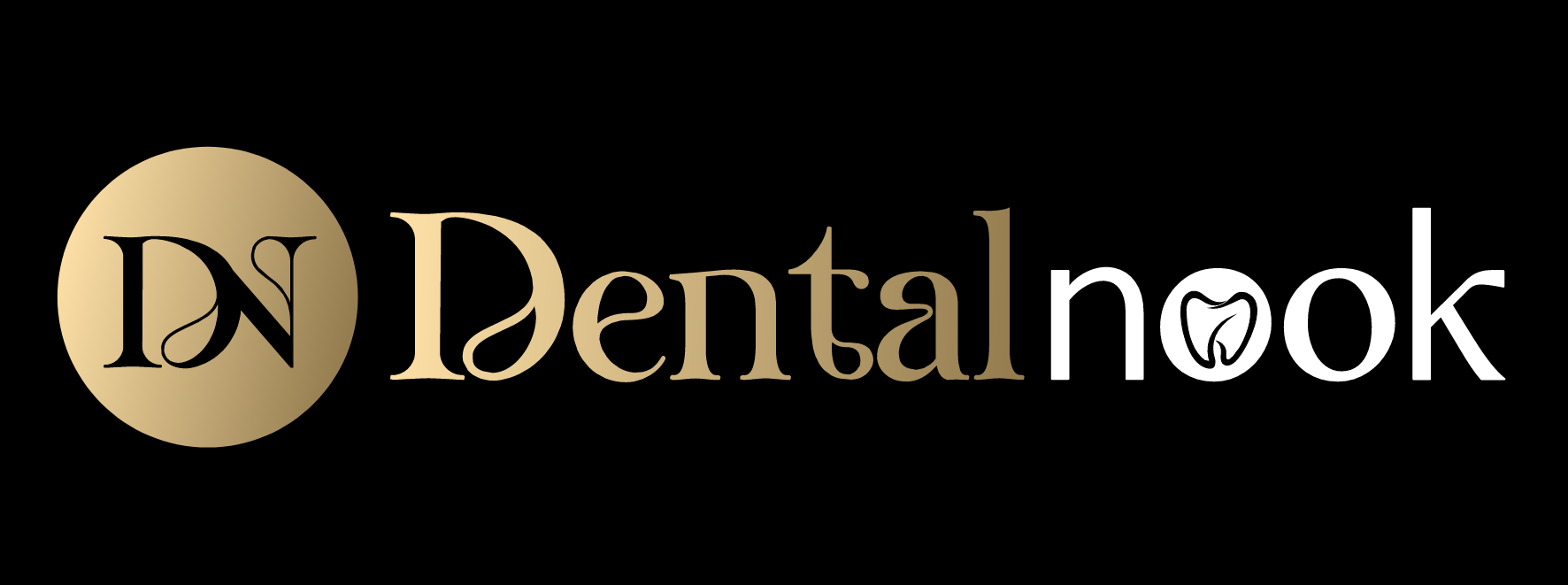BOTOX
Botox can help you get rid of many dental issues! Parafunctional clenching, mandibular spasm, bruxism, and trigeminal neuralgia are a few of them.
Botox is one of the botulinum toxin drugs from the bacterium Clostridium botulinum. The name of the bacteria might sound a little familiar to you as it is the same bacteria that causes food poisoning, rarely though.
We harvest the active, therapeutic neurotoxin; separate it and purify it in the lab to make it safe and effective for the treatment.
Therapeutic uses of Botox in dentistry
Botox is useful in dentistry as a part of the comprehensive dental plan. Here are a few dental conditions in which Botox is of definite help:
Parafunctional clenching
Parafunctional clenching is clenching your teeth involuntarily/ without your knowledge. Chronic/ long-term parafunctional clenching can damage your teeth, gingiva, and tissues.
Low doses of botulinum toxin A can help you reduce it. Reducing the symptoms is especially more useful before and after the periodontal surgery. Parafunctional clenching causes further trauma. Botox reduces trauma and promotes healing.
*Periodontal surgery is a surgery that aims to improve the health of your teeth by making them firm and healthier in place.
Mandibular spasm
The lower jaw is also known as the mandible. The spasm of the mandible could result from the spasm of the chewing muscles/ the muscles of mastication and associated lower jaw muscles.
Mandibular spasm prevents oral hygiene. Poor oral hygiene in turn leads to various oral health issues. It also restricts dental treatment and makes eating difficult.
Botox is of definite help. It diminishes the effects of hyperactive and spastic muscles.
Bruxism
Bruxism is a condition wherein there is involuntary grinding of teeth at night. Chronic bruxism leads to several issues such as attrition/ wear out of teeth, sensitivity, and pain in the muscles and aching jaws. Botox reduces the symptoms of bruxism.
Trigeminal neuralgia
It is a one-sided nerve disorder that affects the muscles of the face and mouth causing severe pain. Botox reduces pain and its severity in trigeminal neuralgia.
Oromandibular dystonia
A neurological disorder with involuntary spasms and muscle contractions. It affects your ability to chew, swallow, and speak. Botox brings in improvement, especially in chewing and speaking.
Various other TMJ/ Temporo Mandibular Joint Disorders
*TMJ joint is the joint that you use for opening your mouth. TMJ joint connects your upper and lower jaws.
TMD/ TMJ Disorder manifests as headache, facial pain, joint sounds, neck pain, decreased jaw movements etc. Botox can help you reduce all such symptoms.
Treatment modalities such as intraoral appliances, restorations, and surgery are expensive and not viable. Relaxing your muscles with Botox is of definite help and is a viable alternative.
Dental implants and surgeries
Muscle relaxation with Botox helps in the osseointegration/ fusing of dental implants with the bone.
*Dental implants are like your permanent teeth. They are permanent replacements to your missing teeth and have roots integrated with your jawbone.
Orthodontic treatment
Orthodontic treatment is the treatment wherein we correct the alignment of your teeth for a beautiful and healthy smile. Botox prevents relapse of ortho treatment where there is a stronger muscle activity.
Over a period of time, Botox can gradually help in retraining your muscles to a harmonious activity level. During Ortho treatment, Botox can train your muscles according to the Ortho treatment needs.
Dentures
For patients with edentulousness/ no teeth for a long time and reduced vertical height of jaws, Botox helps.
Certain types of toothaches
Chronic/ long-term, intermittent/ toothaches that appear in between, are at times of muscular origin. Botox relieves such toothaches by relaxing those muscles. Thus, Botox helps you in ruling out the muscular cause before taking up any irreversible dental treatment.
How Botox works?
We inject Botox into your muscle. Within a few hours of injection, Botox attaches to the nerve endings that control your muscles. Botox blocks the nerve signals that cause muscle contraction. It does not affect sensory neurons/ sensations. It blocks only motor neurons/ nerves that cause muscle contractions. Botox checks such symptoms for three to four months. So, you won’t experience unwanted muscle contractions for three to four months. You can opt for repeat Botox when needed.
Advantages of Botox
Here are a few major advantages of Botox
- Immediate effects: Botox starts working immediately.
- No recovery time involved. You can get back to your routine after Botox.
- Risk of complications is minimal.
Here are a few side effects of Botox
Here are a few rare unwanted effects of Botox
- Muscles where Botox is injected could be sore for a few days.
- Might cause temporary partial weakening of muscles
- Long-term use of Botox might cause temporary atrophy/ muscle loss. However, it is reversible. Your muscles are back when you discontinue Botox.
- Very rare temporary symptoms such as flu-like symptoms, palpitations, nausea/ vomiting sensation, and tingling sensation; they disappear within a day or two.
Here’s a list of a few rare complications of Botox if it is allowed to spread throughout the body:
- Muscle weakness
- Urinary incontinence
- Dangerous breathing and swallowing difficulties
Those who receive repeat doses of Botox might develop resistance to it/ Botox won’t work on them. You may need a different form of safe toxin for the same results.
At Dental Nook, we have an expert team of dentists educated and trained well in Botox. We ensure Botox serves its purpose and you don’t face any complications. Please be sure to mention your detailed medical history including allergies and any sort of infection.
For more details, meet us at Dental Nook today!

